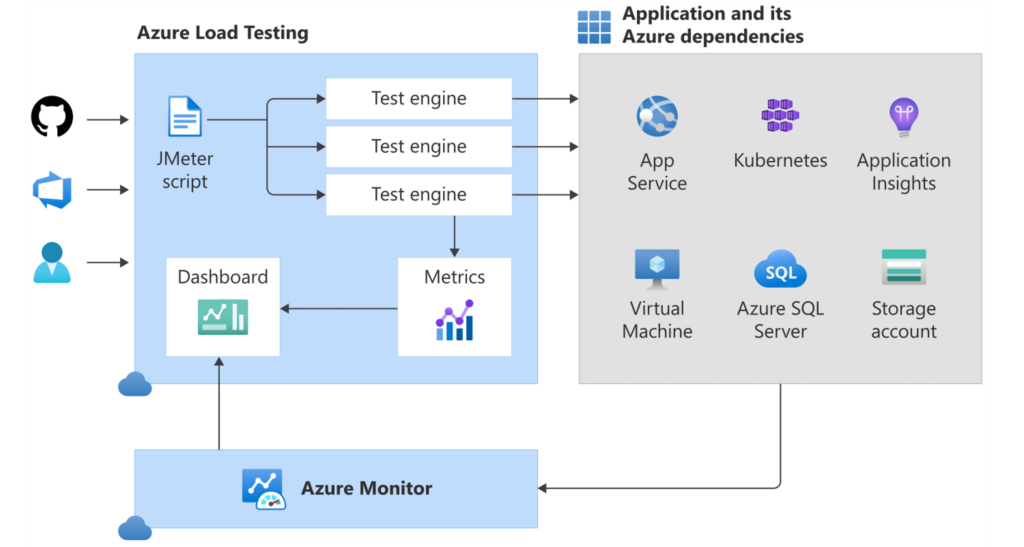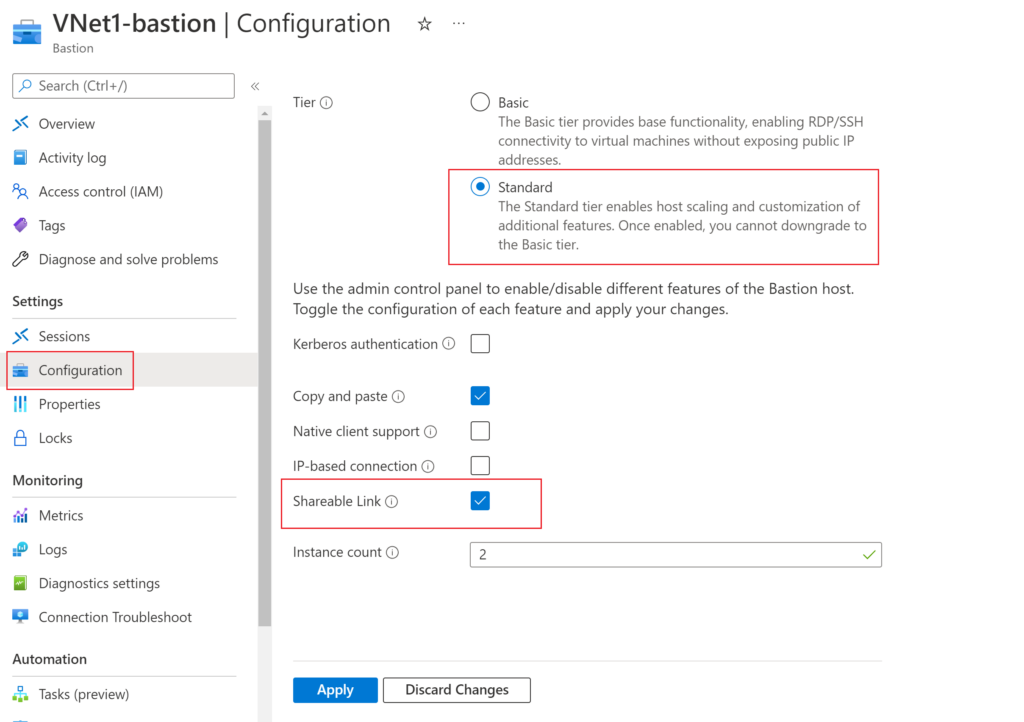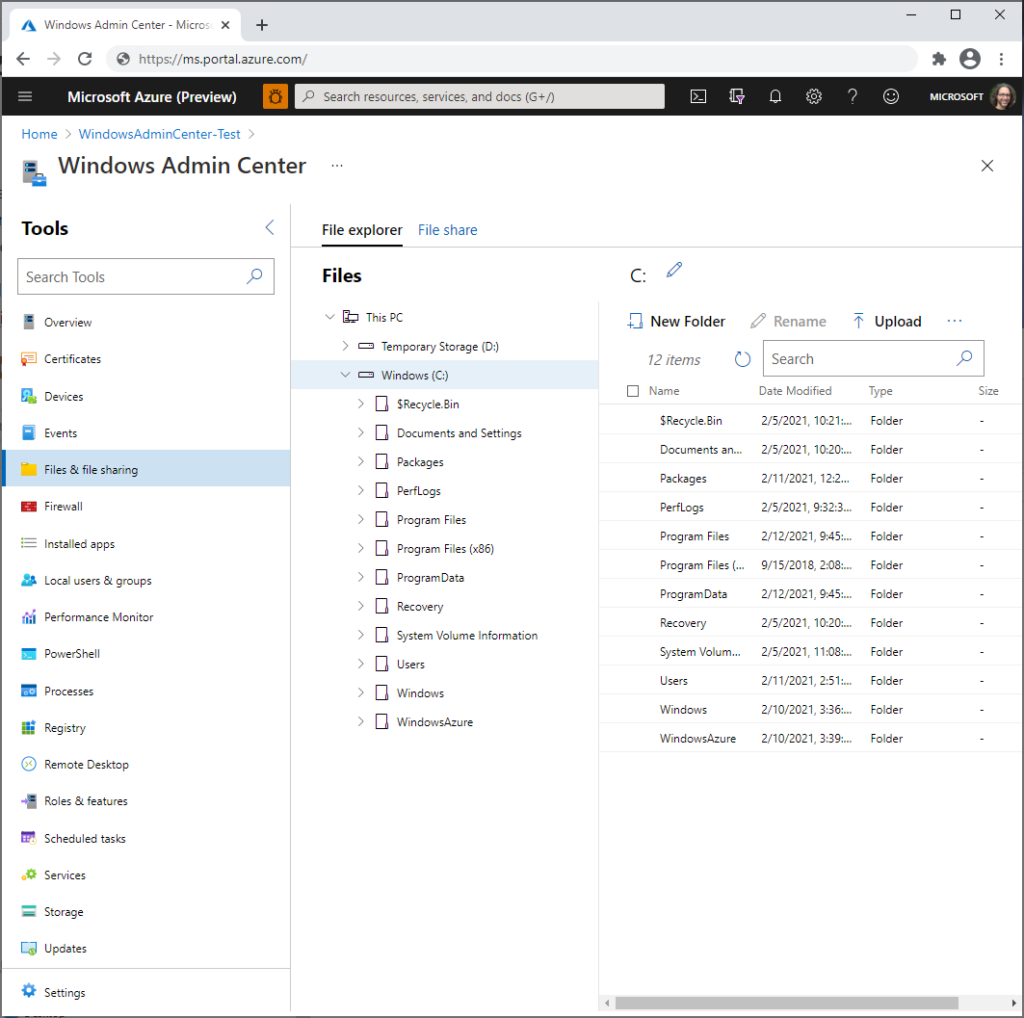Hello guys,
If you are looking for a way to protect your Azure VMs using Ultra disks, you might be interested in the new feature that is available in public preview: Azure Backup support for Ultra disks.
Ultra disks are a type of Azure Managed Disks that enable customers to run mission critical, I/O demanding, enterprise applications on the cloud, such as SAP HANA, top tier SQL databases, and NoSQL databases. They offer high performance, low latency, and granular scalability.
With Azure Backup support for Ultra disks, you can now enable backup on your Azure VMs running on Ultra disks and ensure business continuity for your virtual machines. You can also recover from any disasters or ransomware attacks by restoring your disks from backup.
Continue reading “How to Backup Your Azure VMs with Ultra Disks”





